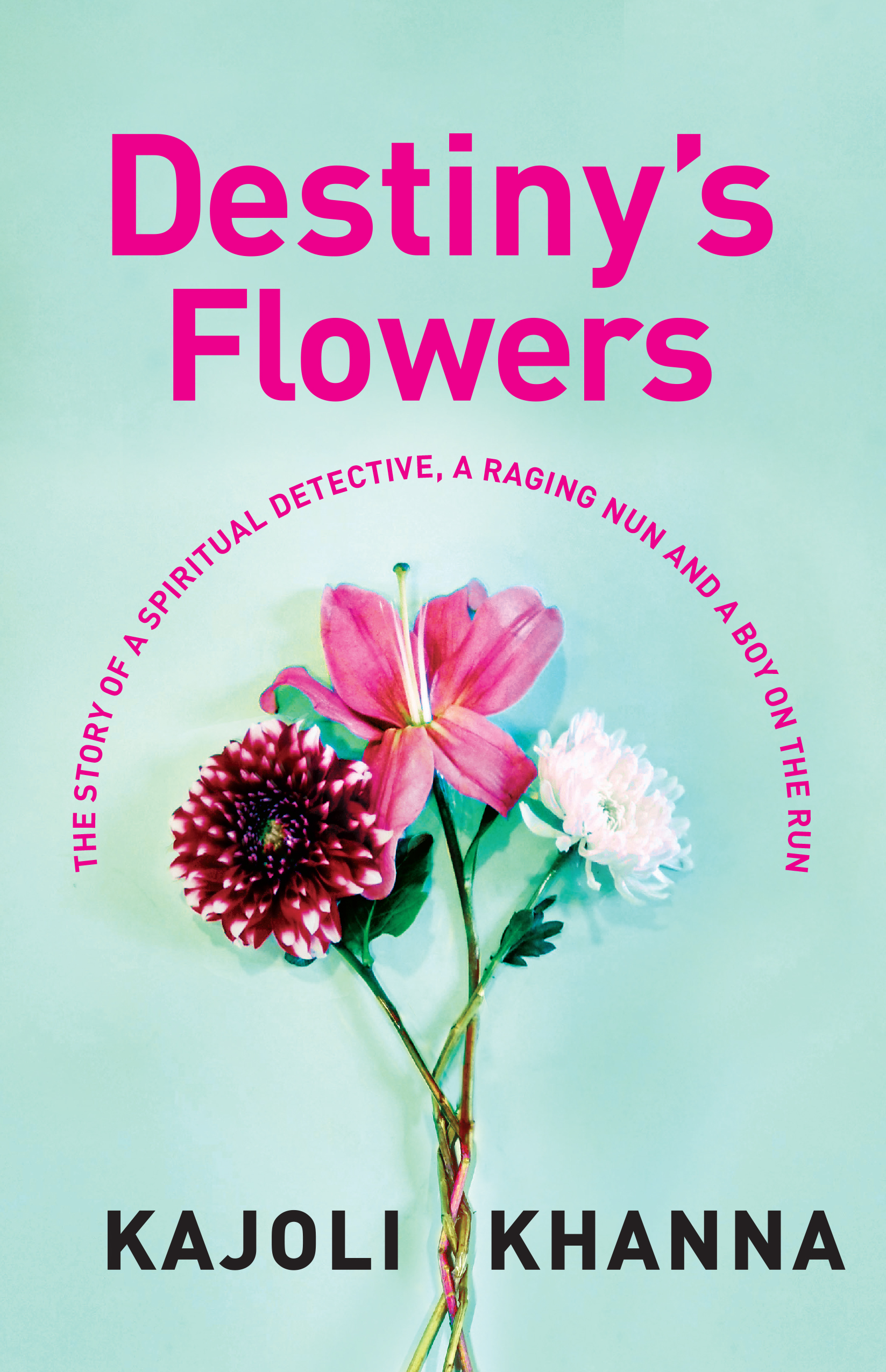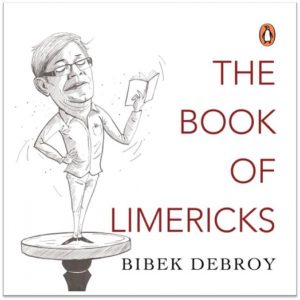Kajoli Khanna’s explorative novel, Destiny’s Flowers tells the poignant story of pain, growth and finally healing. The story follows the lives of its three central characters: Mila, Pema and Atish while touching upon often neglected topics such as mental health and emotional trauma. The book takes the reader on an emotional journey across India while painting a picture of contrasting circumstances.
Depressed and anxiety ridden art restorer, Mila is frantically trying to gather her bearings following a brutal assault. A Buddhist nun Pema wills herself to face the illusory nature of the balance she thought she had achieved. Through Atish, her third character, Khanna gives voice to the condition of migrant labour, the education system and religious customs. The intertwining narrative between these three central characters forms the crux of this story. A conversation with Kajoli Khanna revealed her inspiration and writing process for this novel.
Inspiration strikes
Based on deeply personal experiences, Khanna returned to Delhi and was experiencing the symptoms of severe trauma due to a physical assault she had suffered in the mountains. Carrying a burden that needed to be shed when her survival instinct kicked in and guided Khanna towards writing. She unconsciously channelized all those disturbing emotions and released them into a book. She finally zeroed in on a murder mystery based on her terrifying experience and started writing the story of Mila, the art restorer. But it would only form a novella.
Since Mila steps into a spiritual arena Khanna added the destructive effects of negative emotions into the story for a deeper understanding. Thus, Pema the saintly bhikshunni who harbours hatred and a terrible anger, was born. She suited the arena well so intertwining her narrative with Mila’s was invigorating. Her sisters were inspired by the nuns the author personally met at nunneries in Spiti.

However, Khanna still felt that there was something lacking in the story. The character of Atish kept popping in Khanna’s mind, asking for attention. He was obviously inspired by the underprivileged children she worked with and decided to cross the ugly barriers of class and expose the foul nexus of power that lives off the blood and sweat of the underprivileged. He also became the orator and hero through whom Khanna shared her opinions on the conditions of migrant labour, the village education system and religious customs.
Albeit with a satiric humour, Atish is intelligent, well-informed, gutsy and articulate because she wanted to tell the readers that underprivileged children are as capable (if not more), as clever, as talented, as spoilt as kids who go to snooty private schools. Atish’s achievements in the book are those that the author dreams for all her students. His mistakes can be made by any one of us, but his grit and determination, his formidable resilience belongs in the lives of the brave young warriors she has encountered.
An unfavorable experience
Talking about her terrifying experience with a criminal, Khanna shares, “I was in the mountains, working on a project when I was brutally assaulted in the middle of the night. The criminal stayed in my room for 2 maybe 3 hours. It was petrifying. I had two bodyguards following me everywhere but the fear had infiltrated my being and I was forced to return to Delhi. Even there I was terrified the man might track me down because we had reported the incident to the police. He had threatened to kill me if I did. The doubt and the fear, the frustration of having to leave the project unfinished wreaked havoc with my confidence. And I was angry that a criminal was able to dictate the terms by which I lived. This led to feelings of helplessness, despair and eventually bouts of depression. I was experiencing the symptoms of trauma.”
Miraculously, Khanna’s survival instinct arose to guide her towards writing. She began writing the story of Mila who suffered an assault similar to her. Describing the physical details of the incident was traumatic but also it was cathartic. “As I wrote I re-lived the incident, and each time I did that I cleansed myself, a bit at a time, of the grossness of it. Writing became a therapy. I firmly believe my work with the underprivileged helped my recovery. As I worked with the students their levels of confidence began to grow and so did mine. I shared the same sense of satisfaction, of joy and hope as they did. My fears and worries melted away. Years later I came to understand; by benefitting others you benefit yourself and this is what I wanted to illustrate in the book.”
Infused in Mila’s story are these essential formulae required for healing. The author wanted to share these miraculous but simple processes she had experienced with the world. It was a traumatic struggle which ended with a heartening, illuminating outcome. Mila’s tale which began as a murder mystery turned into a story about reinvention and recovery.

A champion for mental health
At a time when social, emotional and psychological problems are prevalent, solutions are needed. This is what Khanna’s book Destiny’s Flowers sets out to provide. One of the main streams running through the novel explores a single sentence the Buddha uttered – WHAT THE MIND CREATES ONLY THE MIND CAN UNDO. This timeless wisdom is illustrated particularly by the stories of the two female protagonists, Mila who is crippled by fear and Pema, a novice who is slave to anger and hatred. Travelling with Pema and Mila through the twists and turns of the tale, the pitfalls and strengths of human emotions emerge, revealing the obstacles we create in our minds and the formula needed to dissolve them. When faced by the labels society thrusts upon us Atish shows us how to live ‘Out of the Box’. Here too it is the manner in which he thinks that turns the spoilt teenager into a wonderful human being. A dose of this book is what all modern minds need. After all, the struggle for freedom from our anxieties is universal.
“I have received an overwhelming response here in the Shimla Hills where I have given two talks on Destiny’s Flowers. In both I have related the book to overcoming trauma, reducing the destructive effects of negative emotions and living in the moment. A novel must speak to the reader (whatever their age) help them find direction or give meaning to life. I certainly hope this is what Destiny’s Flowers will do,” says Khanna.
Changing for the better
When asked if the events in the book will have last impressions on the lives of the characters, she reveals, “They do implement the realizations and changes which will have a lasting impact on their lives. By the middle of the book, events culminate to arrive at exciting and favourable conclusions for all three characters. The flowers of destiny shower their paths making wishes come true and realizations abound. Mila proves to be a catalyst in Pema’s life and later Atish as well. The bhikshunni is granted two boons that help to change her distorted view of the world and make her question the code of conduct she has lived by. Though several factors contribute to Mila’s success her journey is one of self-discovery. Atish makes a major blunder in the Fort of Joji which turns out for the best, aiding Mila (who plays spiritual detective) to ascertain the finer nuances of the philosophy she has discovered. And again, Atish’s reaction to Pema’s mistakes lightens the load of shame and guilt the novice carries. Though epiphanies and tumultuous events alter the lives of all three protagonists throughout, the last chapters are the most poignant and revealing. Both their stories and the characters come to fruition.”
A piece for everyone
The beauty of this book lies in its universal appeal, apart from being above 18 years of age, there is no restriction on whom this story is for. There is something in the novel for every age and audience. From the feedback the author has received, the book has appealed to a variety of people for a variety of reasons. Seasoned readers have called it a seamless page turner, some are taken by the final realizations Mila reaches, others resonate with the adventures of Atish and the journey of Pema and still others by the lyrical language used to create soothing, poignant and passionate scenes, but everyone is struck by the unexpected outcomes that continuously change the direction of the tale.




